The weather is still pretty warm here, but if you’re looking to get a head start on holiday season fun, here’s your opportunity. Ice skating is coming to Duke of Gloucester Street!
A real—yes, real—ice rink is being set up on the east end of Merchants Square (the picture below shows its current progress). A ribbon cutting will take place at 5 p.m. on Friday, Nov. 20, with additional festivities at 7 p.m., when George Washington and Liberty (our new mascot) will lead the Fifes & Drums on a march from Market Square to Liberty’s Ice Pavilion. The Bruton Parish Choir will be the first of many live singing groups who will perform at the rink, and 18th-century skaters will take to the ice.
The skating has been made possible with the support of a grant from the Dominion Foundation, a philanthropic arm of Dominion Resources. You’ll be able to skate on the 50’ by 70’ rink well into the evening. Hours are 10 a.m.-10 p.m. Monday through Saturday, and 12 p.m.-8 p.m. Sunday. The rink will remain open until after Valentine’s Day, February 15.
Expect a festive atmosphere, with cressets lighting the way and music to set the mood. You’ll be able to warm up with gingerbread cookies, warm pretzels, popcorn, and American Heritage hot chocolate among your choices.
Get your tickets (come and go all day with your wristband!) online or at the ticket booth set up next to the rink. Tickets are $10 for adults, $8 for kids 3-12, and free for the under-3 set. Skate rentals are $3 per person, but are free for guests staying at one of Colonial Williamsburg’s hotels. You can also get $1 off your admission with a stamped receipt from a Merchants Square shop, and receive special discounts in Merchants Square with your Ice Pavilion wristband.
Liberty’s Ice Pavilion is just beyond the Historic Area’s interpreted sites, but many people are still wondering if ice skating has any actual connection to 18th-century Williamsburg. The short answer is yes. In fact, while Virginians don’t see sub-freezing temperatures very frequently these days, they did more often in colonial days, when the period known as the Little Ice Age sent extra chills through parts of North America. Many of the creeks and ponds in and around Williamsburg undoubtedly froze over.
But specific evidence for ice skating, like so many casual amusements of yesteryear, is fragmentary.
In his diaries, William Byrd II mentions skating a few times. A 1709 entry reads, “We took a walk and I slid on skates, notwithstanding there was a thaw. Then we returned and played at billiards till dinner.”
Skaters show up in the background of many winter scenes, but most of those were produced in England and Europe. The scene below, for example, is from London’s Hyde Park in 1784.
Back in Williamsburg, Sarah Pitt advertised “fluted and plain skates, with and without leather” available in her shop in a Nov. 1766 issue of the Virginia Gazette. There aren’t very many ads for skates, likely because customers would have more commonly ordered them, as opposed to merchants offering them on spec.
Yorktown merchant John Hatley Norton, for example, procured “scates” for Robert Gosling in 1766. (That’s the very same Norton who got in hot water, so to speak, in 1774 for importing tea, precipitating the Yorktown Tea Party.)
The winter pastime was established enough that “A Treatise on Skating” was published in London in 1772. A surprising number of pages explain how to put skates on properly so that you don’t have them slip, cut off your circulation, or cause a broken ankle:
The method which is taken by the common people is so well known, as not to need any particular description; they only make use of buckles, straps, rings, and heel pegs; which may be well enough for those who continue this diversion for a few minutes at a time, and think skating consists in an awkward shuffling over the ice, for ten or a dozen yards, for they seldom or ever are able to go any greater length without falling.
The pamphlet even spelled out in detail how to skate backwards or perform the “pleasing manoeuvre” of making the figure of a heart on one leg.
But the use of proper ice skates was probably the exception. Anyone can slide around on ice, right?
In Jan. 1774 Philip Vickers Fithian wrote in his journal, “At twelve we all went down to Mr. Carter’s millpond—none had skaits but Mr. Cunningham—we diverted ourselves on the Ice til two, when we went up to dinner.”
With or without the appropriate footwear, it seems certain that there was room in the lives of colonial Virginians for play alongside work and political debate. We hope you’ll make time for some too.

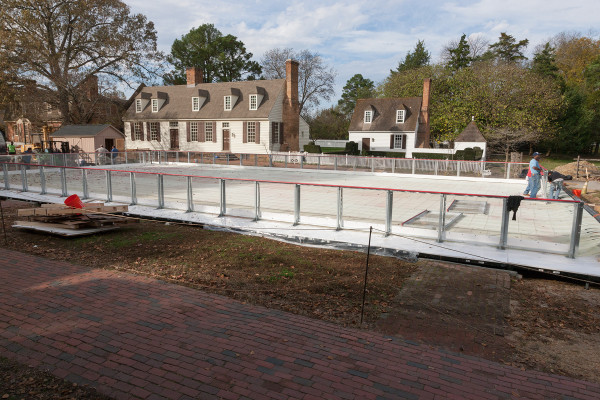
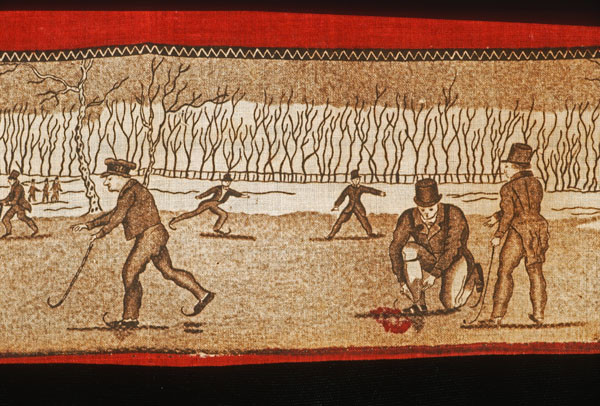
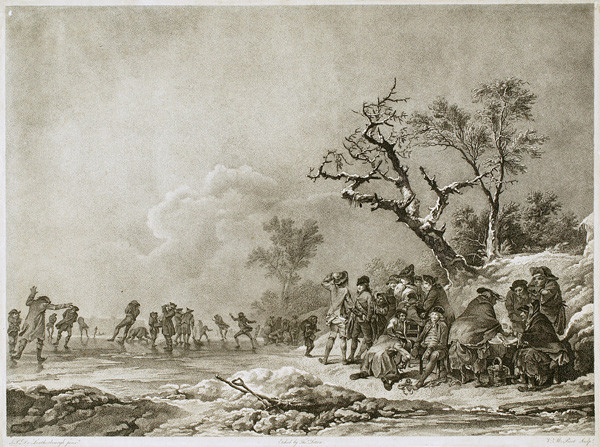
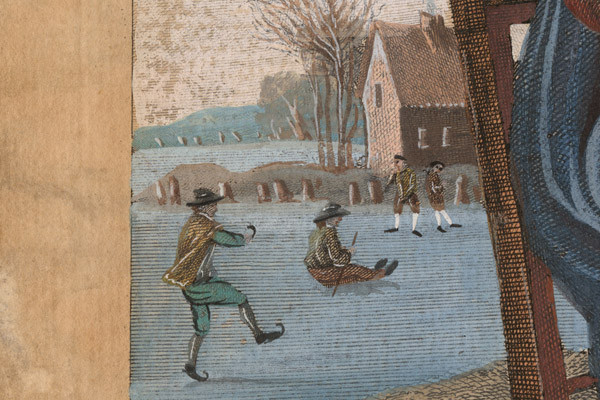
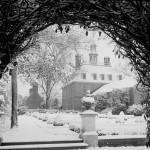
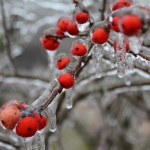
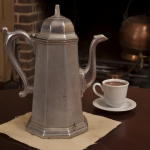
Anothet great idea to bring families & young people to town. They, and their monetary support, is definitely needed if this fantastic place is to survive. I’ve been a visitorsince the early ’60’s & the town is ever changing. Great work!!!
Another new idea, based on colonial history, that has been brought to enhance the town. I love all the new ideas being brought to Williamsburg, i.e. Halloween, Pirates, Indian presentations, women who have made great contributions. A breath of fresh air!
Hey I just came up with idea! The merchant square webcam should be placed at the rink. What a great thing to watch during the holiday season.
OK from looking at the picture is this in the street on the east end of merchant square? I’m having trouble picturing where it is but it looks like the street area. Am I right? It will be fun to watch when we are there over Christmas. The price seems reasonable.
Joan, do you have an old This Week fold out with big map? If you look at the west end of DOG Street, just about in front of the Bruton Parish shop you will see the buildings shown in the picture. Hopefully this will get your bearings.
Sounds like a lot of fun and another way to get visitors to enjoy another outdoor activity in the cooler months. Just walking the historic area during the holidays is pure bliss for me.
I get it. We’re going to approach the roller coaster in increments and hope no one notices.